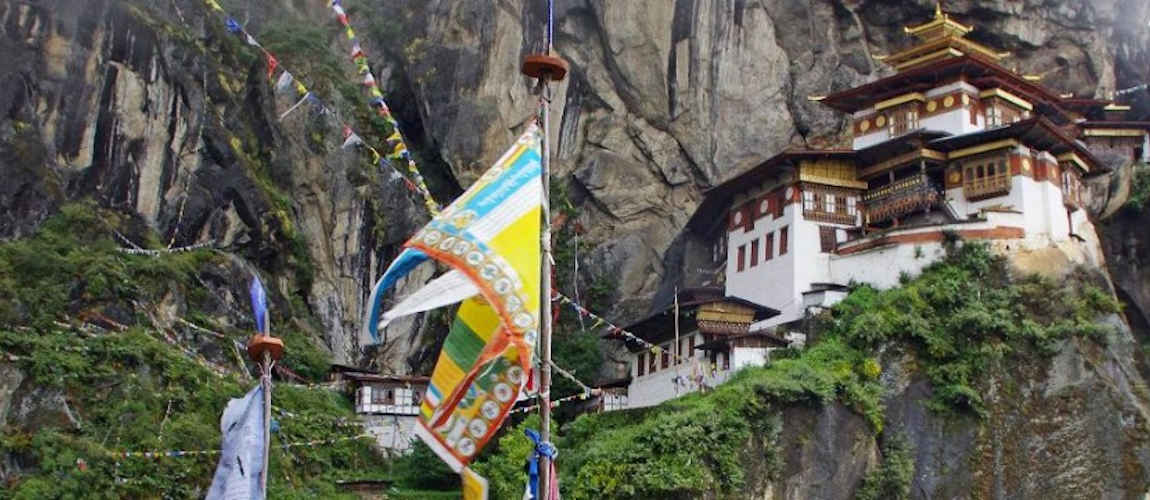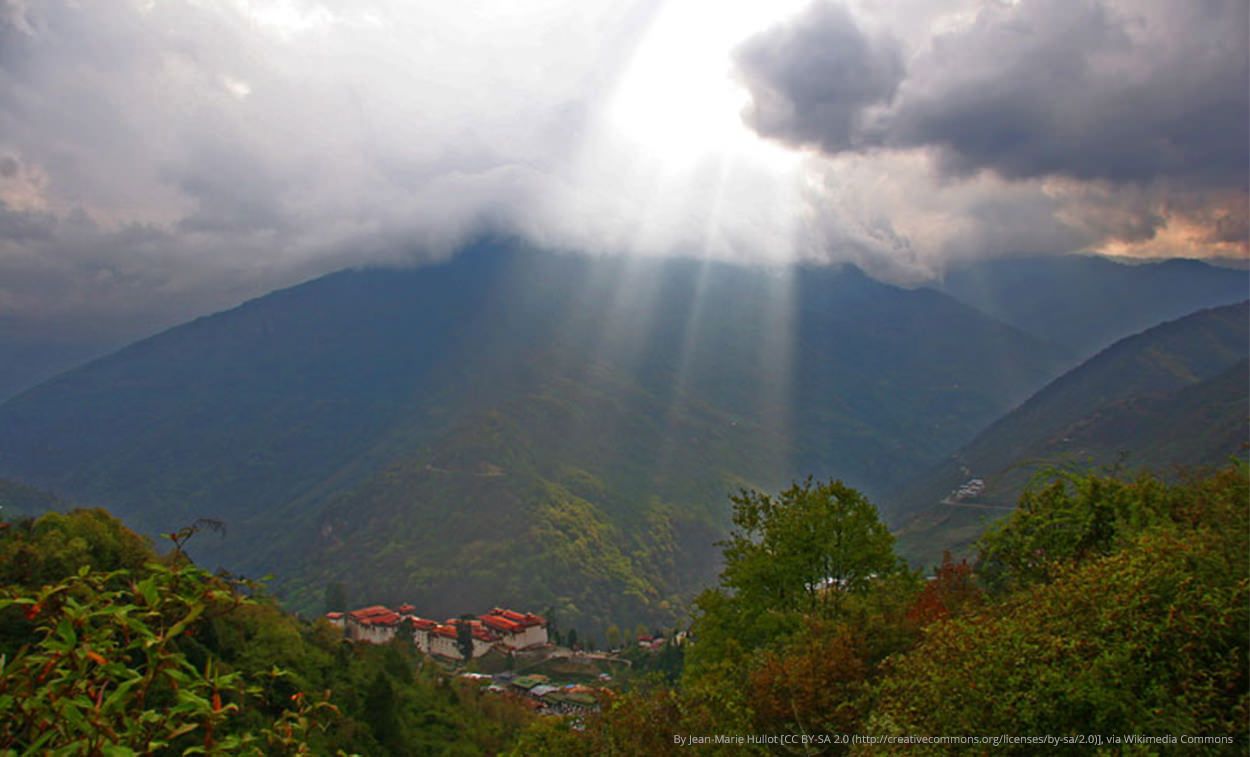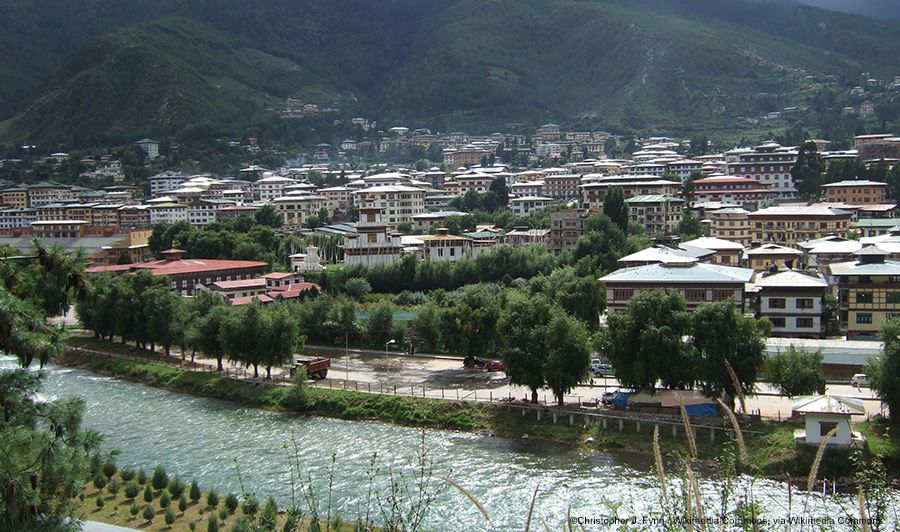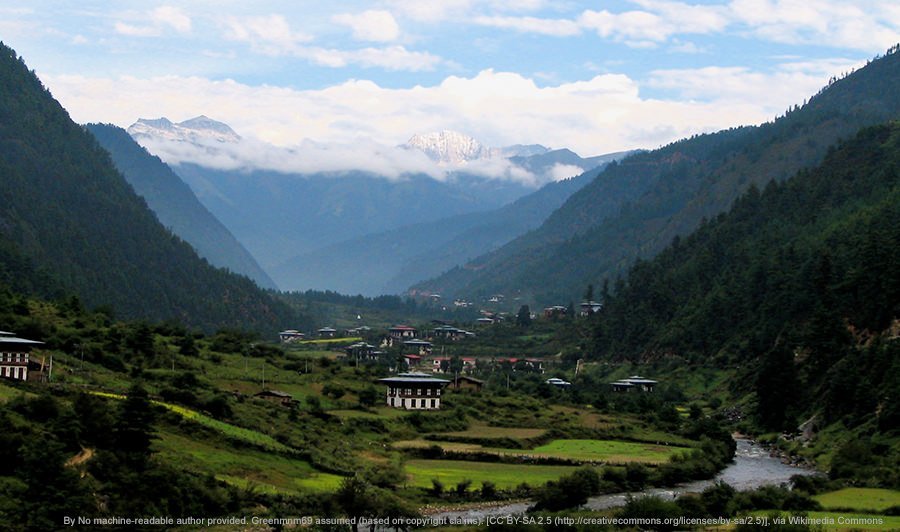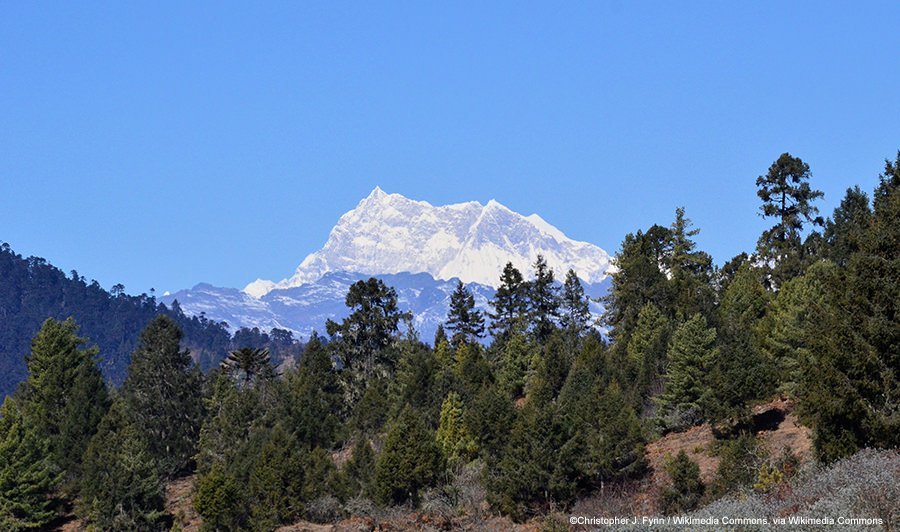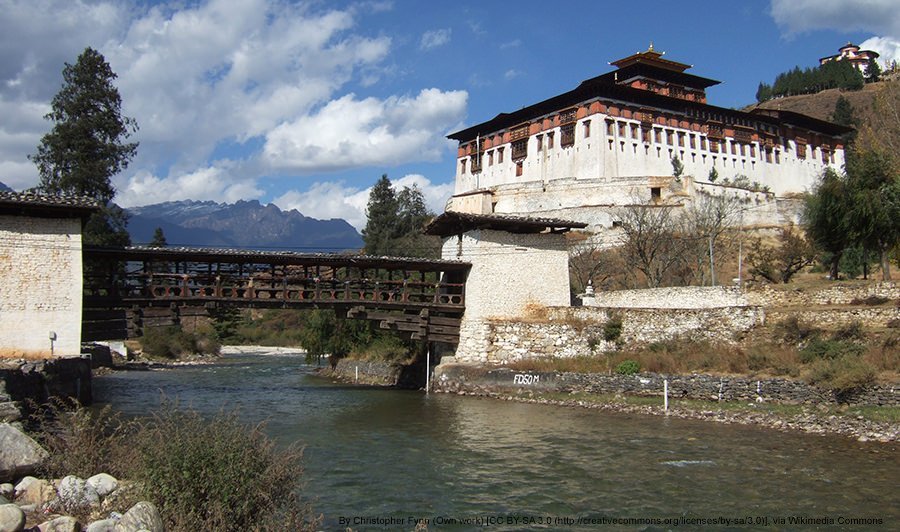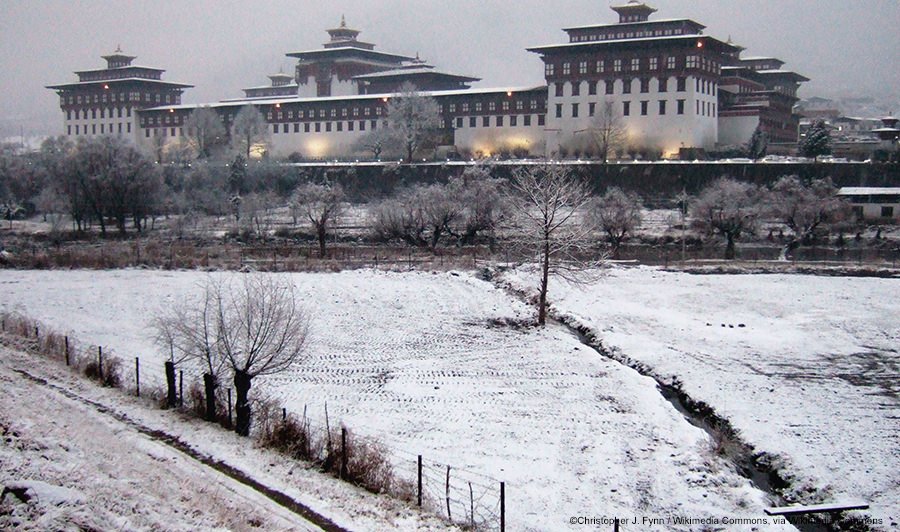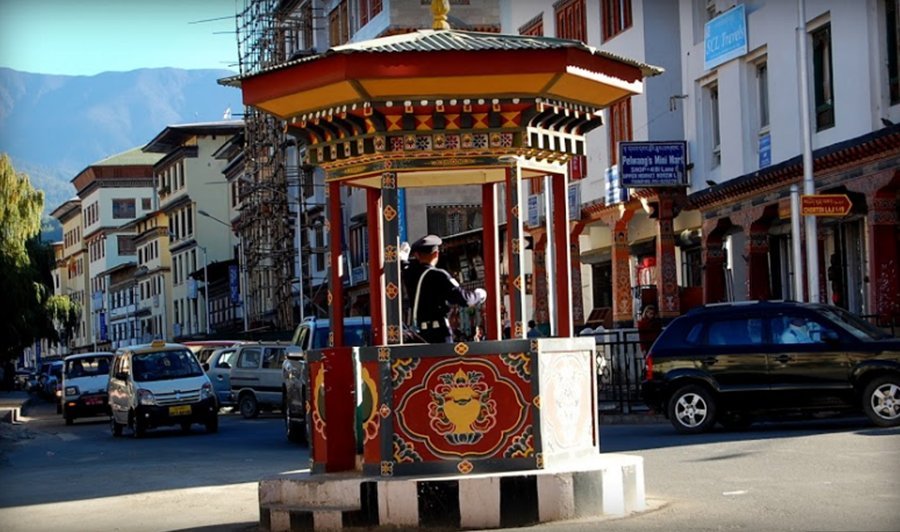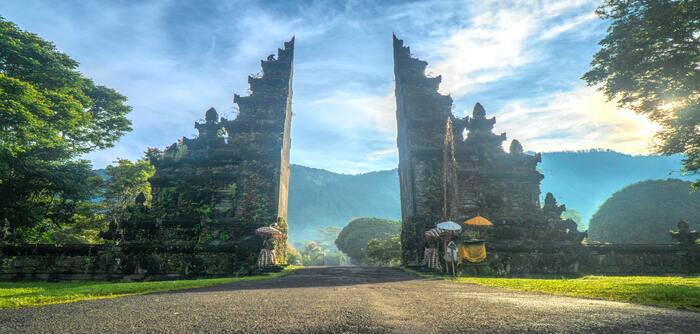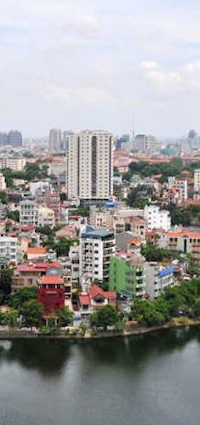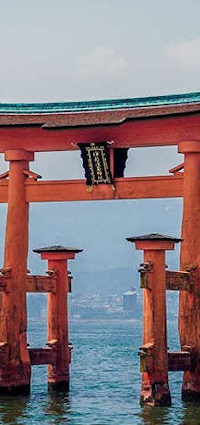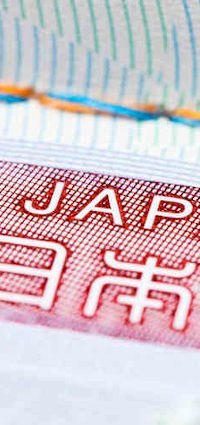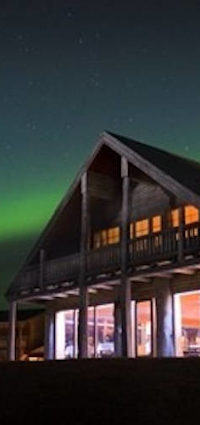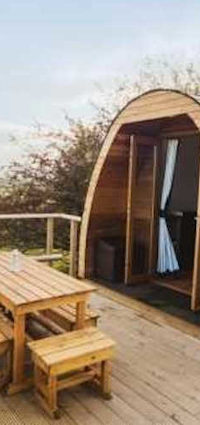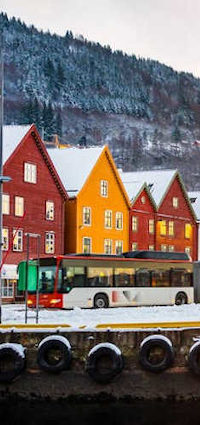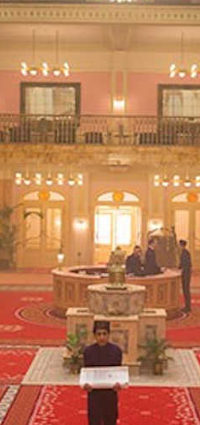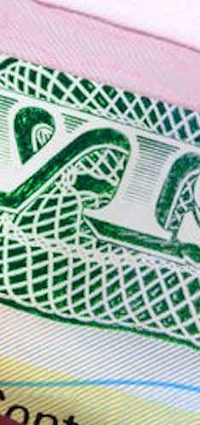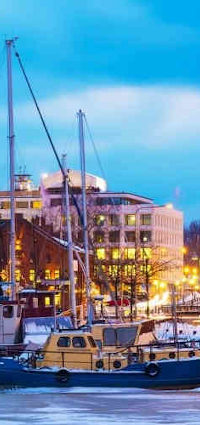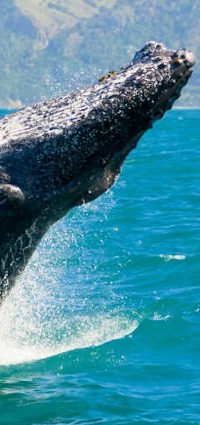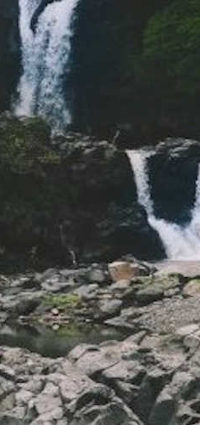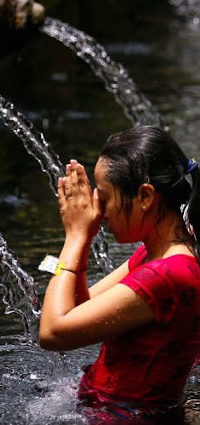Bhutan isn’t your ordinary tourist haunt. The last great Himalayan kingdom, Bhutan is home to a traditional Buddhist culture which has endured for hundreds of years. Cloaked in mystery, magic and intrigue (the very first time tourists were allowed to visit this isolated Kingdom was in 1974!), Bhutan has only recently embraced global developments and opened its doors cautiously to tourism.
In Singapore, Bhutan really only came into the public consciousness around 8 or 9 years ago, when famous Hong Kong celebrity couple Tony Leung and Carina Lau tied the knot in grand fashion at the luxurious COMO Uma Paro Resort in the Paro Valley region of Bhutan. Since then, it has become something of a trend for affluent Singaporean newlyweds to pick Bhutan as their honeymoon destination of choice.
This comes as no surprise, for Bhutan is a traveller’s delight, with stunning natural views and rich cultural heritage. It is a land full of surprises, where the rice is red, chillies are a main dish, monks check their smartphones after a lengthy ceremony, and phallic symbols are painted beside the entrances to houses.
The country has managed to hold on to its roots, but at the same time, has set a brave foot in the future. It is this blending of the ancient and the contemporary that makes Bhutan such a fascinating place to visit, and promises a soulful travel experience that you’ll be hard-pressed to find anywhere else in the world.
Here are 6 things that you ought to know before you set off on your journey to the Kingdom of Bhutan:
The Bhutanese take a sustainable approach to tourism, and this translates to certain restrictions that tourists have to adhere to. Visas are required unless you are from India, Bangladesh or Maldives, and all foreign visitors (except those from the aforementioned 3 countries) must pay a daily tariff of USD250 (with a US40 surcharge if you’re not travelling solo), making it seem like one of the world’s most expensive destinations in the world.
However, don’t worry – that fee covers accommodation, food, transport, and a local guide. Do note though, that you’ll only get your visa issued if you book a guided tour via a licensed local tour agency, and that there is no “free-and-easy” independent touring here. In fact, tourist permits are only valid for the cities of Thimphu and Paro, with the rest of Bhutan considered a restricted area!
Environmental protection, along with cultural preservation, is one of the most important matters in Bhutan. By law, 60% of the country must remain forested for future generations; this figure currently stands at 70%. Moreover, Bhutan isn’t just carbon neutral, it’s actually one of the few countries in the world which has a negative carbon footprint, absorbing more carbon dioxide than it actually emits.
What does all of this mean to you? It means stunning views everywhere you look, forests you can lose yourself in, strolling across hillsides, trekking up intimidating 7000m peaks, or just spotting rare birds like takins and beautiful flowers like blue poppies. Just make sure you leave Bhutan as it was before you arrived. Be a responsible traveller, and don’t pollute or litter.
If you’re looking for that adrenaline rush, then Bhutan is the place for you. With gorgeous natural settings and agreeable climes, it’s the perfect place for some adventure sports in the great outdoors.
The rivers of Bhutan provide plenty of options for water sports, including kayaking and rafting. Everyone can have some fun in the water, because there are routes for beginners as well as experienced veterans. Some popular locations for water sports include Paro Valley, Trongsa and Punakha Valley.
If you don’t want to get drenched, then there are other adventure options for you. Rent a bike and explore Bhutan’s many cycling routes. There are smooth roads as well as rough terrain, so you can pick the route that best suits you. Cycling in Bhutan is the perfect way to see more of the country, and connect with nature and the rich culture.
For the real thrill seekers, there’s even rock climbing, which was introduced in Bhutan by the Vertical Bhutan Climbing Club in 1998. The club offers equipment and training to climbers as well. The most popular climbing face is known as the Nose, located high above the southwestern side of the capital city Thimphu. There are thirteen routes to get you to the top, some of which include Dead Man Walking, Easy Peasy, Reach N Preach, Wedding Present and Half Moon, so all you need to do is rig up, pick your route and set off on your adventure!
The weather and climate in Bhutan depends on the altitude you’re at. Considering that Bhutan is tucked away in the eastern part of the Himalayas, some parts of Bhutan do get quite chilly. In the north, conditions can get uncomfortably cold during winter. However, the south has a more tropical climate, with humid summers and pleasant winters. The best time to head to Bhutan is between March and May, when the climate is pleasant, or between October and November, when the climate gets chilly. A word of advice – no matter when you’re travelling, Bhutan can get cold, so do remember to pack warm clothing.
Almost unfathomable to us, given that we seem to be stopping at traffic lights all the time in Singapore, is the fact that Bhutan doesn’t depend on traffic lights to regulate the flow of traffic. But, based on what we know about the peaceful, happy culture of the Bhutanese (the country is famous for their Gross National Happiness Index after all…), this probably shouldn’t come as a surprise.
Even in Thimphu, the busiest city in Bhutan, traffic lights were tried out once in 1995, but promptly removed, as everyone felt they were ugly, and preferred the human touch of the traffic police and their hand signals!

